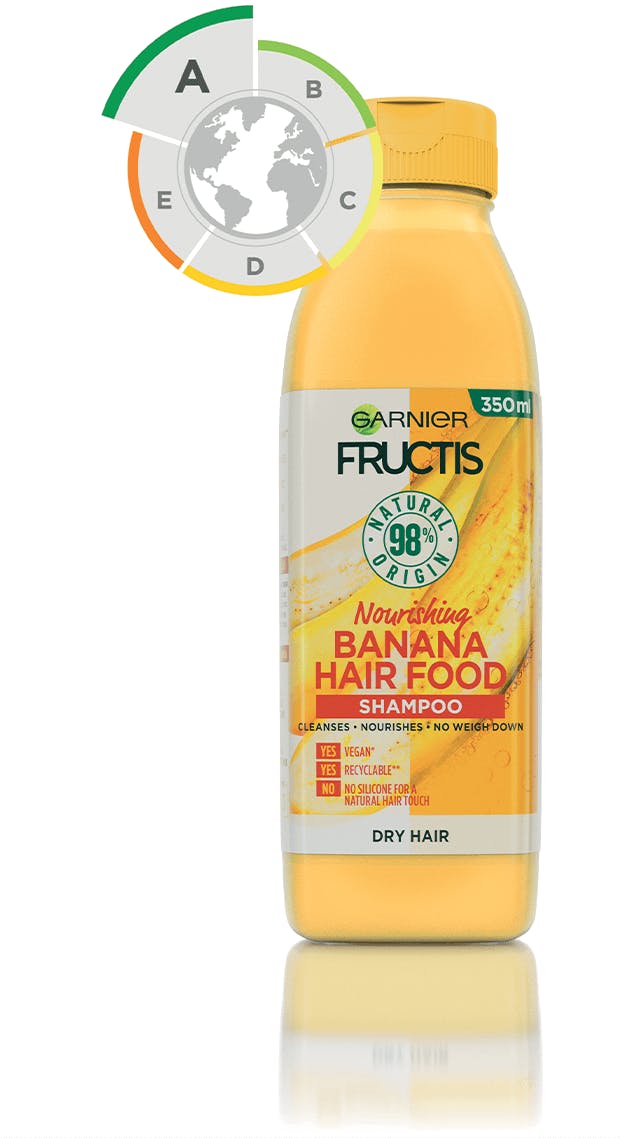Addressing the demand for greater transparency
The new assessment and scoring system will aim to meet growing consumer demand for greater transparency about the environmental impact of cosmetics products (formula, packaging and usage). The objective is to improve the information that is available to consumers and enable them to make more sustainable consumption choices. To do this, a consortium was created that is open to all cosmetics companies wishing to join and contribute to designing a system that allows consumers to compare cosmetics products within the same category. The ambition is for the overall score to inform consumers of the environmental impact of products, taking into account their whole product life cycle.
Co-building a scientific methodology and scoring system
It is proposed that the consortium works with sustainability consultancy Quantis to ensure a robust and scientific approach and that efforts to co-build the voluntary assessment methodology and scoring system are guided by and articulated around:
A common method for measuring environmental impacts throughout the life cycle of products, backed by the principles of the “Product Environmental Footprint” (the European Union’s PEF scientific method for quantifying the environmental footprint of products).
A common database of environmental impacts of standard ingredients and raw materials used in formulas and packaging, as well as during product usage.
A common tool that enables each brand to calculate the environmental impact of individual products, usable by non-experts.
A harmonized scoring system, for example using a score ranging from A to E, that enables the consumer to easily compare products. The methodology, data base, tool and scoring system will be verified by independent parties.

Engaging all players in the cosmetics sector
This global initiative is intended to be open to all cosmetics companies, regardless of their size or resources. Other stakeholders will be informed and consulted throughout the process. The convening five companies will pool their experience and knowledge in developing environmental impact assessment methodologies (as is the case for Henkel, LVMH, Natura &Co, and Unilever) and an environmental and social labelling system (as developed by L’Oréal).
